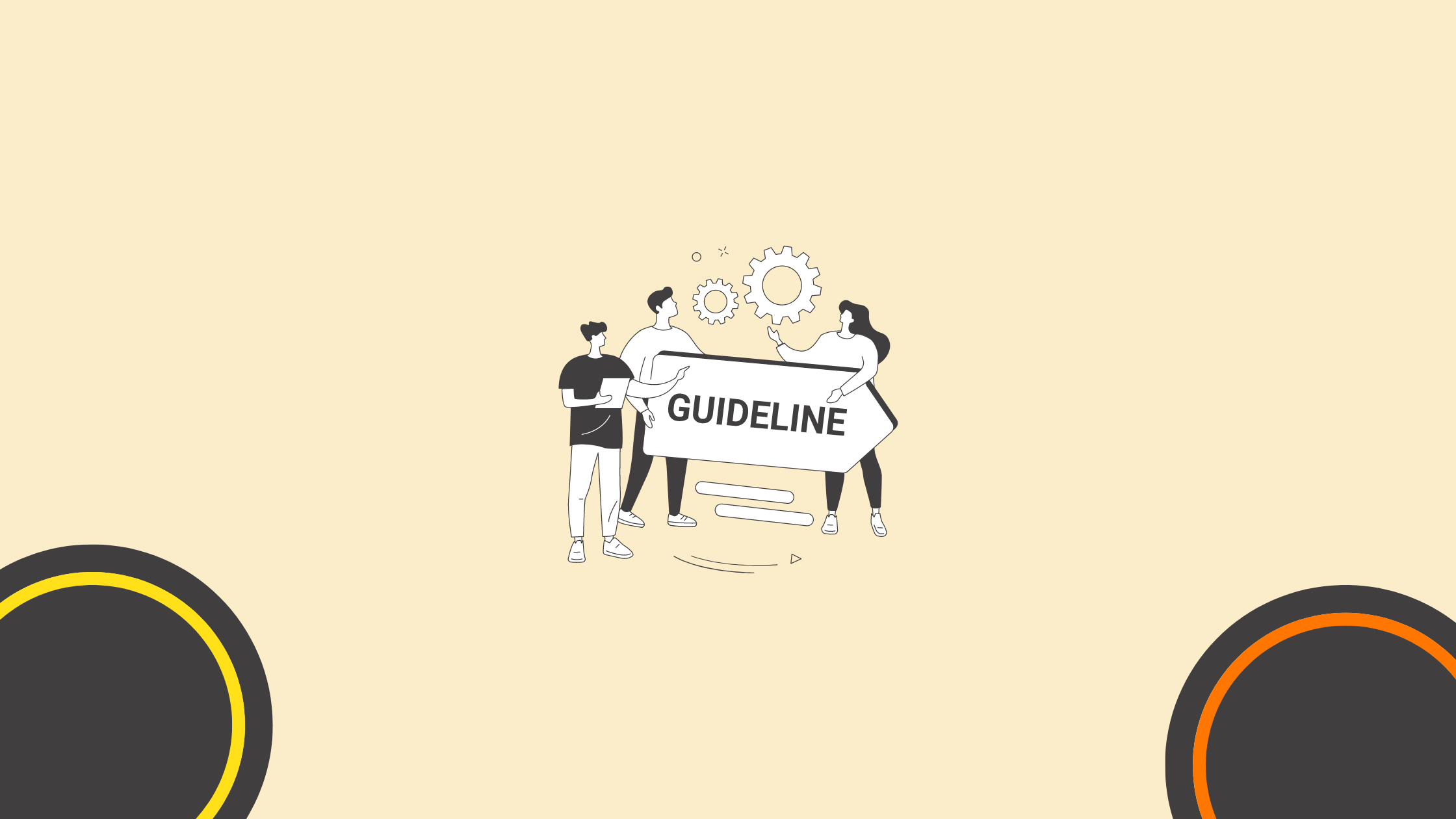How to Capture Your Brand’s Story Through AI-Generated Visual Content

Brand storytelling has a unique way of boosting your brand identity while increasing customer engagement. What matters is weaving your mission, values, and vision into a creative, appealing narrative.
The main target should be in making your content resonate better and be imprinted into the audience’s thoughts. Play around with the images, videos, and graphics to ensure your content meets your brand’s demands.
Here is a highlight on how to make waves with your storytelling through AI.
Chapters
Leveraging AI for Visual Storytelling

As you look for AI tools, target those that allow the seamless creation of visual content, such as custom calendars and photo books. You should find a wide range of templates depending on your visual needs. As you leverage technologies such as Mixbook for customizations, find ways of crafting amazing stories that resonate well with the audience.
Look at the design options to try depending on your targets. Focus more on the best style and personalization option. As you come up with a DIY photo calendar, you should have options on how to go about the customization. There should be several theme types, backgrounds and stickers. Make your creations a breeze by finding a tool which is intuitive and user-friendly. For projects requiring sharper output, running your finalized designs through an HD photo converter ensures print-ready resolution, particularly crucial for physical products like calendars where image clarity directly impacts perceived value.
Understanding the Power of AI in Visual Content
Visual content creation is attaining huge milestones thanks to AI technology. The advancement of algorithms is making the creation of realistic images more possible. Modifying existing visuals appropriately while developing intricate designs from scratch is also easy, particularly with tools like Flux AI, known for generating stunning visual images. This makes it effortless for you as a brand to come up with quality visuals fast and at a fraction of the cost.
It also means you’ll rely less on photographers or graphic designers whenever you need new visuals. By training these AI models on your brand’s style, you can get content that matches your brand identity well.
Beyond efficiency, AI-powered visual tools like Imagen 3 also open doors to creative exploration. Businesses and content creators can experiment with different design elements, artistic styles, and compositions without the constraints of traditional design processes. AI-generated visuals can be used for anything from social media campaigns and website graphics to product packaging and digital ads, allowing brands to stay visually competitive in an ever-evolving digital landscape.
Moreover, AI’s ability to analyze and adapt to trends ensures that the generated visuals remain relevant and engaging. By integrating AI tools into your workflow, you can consistently produce fresh, high-quality content that resonates with your audience while maintaining brand cohesion. With the rapid advancement of AI technology, the future of visual content creation promises even greater possibilities, making it an essential asset for any brand looking to enhance its digital presence.
Defining Your Brand’s Visual Identity

This is where you think about the imagery style, typography, and color palette you’ll use. Ensure that it matches well with both your mission and target audience. You need to have consistency with these elements in all the platforms so that you build your trust and brand recognition.
This outline lets you know which AI tools to target and how to align them with these guidelines. In the process, you make the AI-generated content cohesive with your brand image. Consider providing it with examples of visuals you’ve created in the past to help the AI replicate the brand’s essence.
Experimenting with New Visual Styles
With AI, you get a playground where you can experiment with different visual ideas without committing many resources. Master the attributes and roles of tools such as Artbreeder and RunwayML on how to push the boundaries.
It’s paramount to give your creative team the freedom to use these tools to try various styles, from hyper-realistic imagery to abstract art. While this approach helps to keep your content well-updated, you also position yourself as a dynamic and forward-thinking company.
Ensuring Authenticity in AI-Generated Visuals
Even as you work hard towards enhancing your image, it’s paramount to make your visuals as intentional and genuine as possible. The audience tends to feel more comfortable and willing to connect more with authentic brands. Your aim should be making the content reflect your brand’s real character. Using a great AI Text-to-Image Generator can help.
You can attain this by adding real-time images of your activities, including behind-the-scenes shots. It may also be necessary to search for user-generated content. These efforts ensure that you connect with the audience at a personal level. Consider updating your AI models and technologies to refresh the visuals when you have new brand activities.
Best Practices for AI-Generated Visual Content

Artificial intelligence (AI) has revolutionized the way we create visual content. From generating high-quality images to creating graphics that align with your brand’s identity, AI is streamlining content creation. However, leveraging AI-generated visual content effectively requires careful planning and adherence to best practices. In this article, we’ll explore the key strategies for creating impactful AI-driven visuals while maximizing their SEO potential.
1. Choose the Right AI Tools
AI-powered tools for generating visual content are plentiful, but the key is finding the one that best suits your needs. Tools such as DALL·E, MidJourney, and Canva AI offer various functionalities like creating images from text prompts, customizing designs, or generating social media posts. Selecting a tool that aligns with your brand’s goals and content strategy is crucial.
2. Craft Detailed Prompts
The success of AI-generated visuals often depends on the quality of the input you provide. When creating visual content using AI, ensure that you:
- Use clear and detailed descriptions in text prompts to get accurate visuals.
- Incorporate relevant keywords to ensure the generated content aligns with your SEO strategy.
- Experiment with various terms, such as colors, styles, and moods, to generate diverse options.
Crafting well-thought-out prompts allows the AI to generate images that align with your creative vision.
3. Optimize Visuals for SEO
Search engines like Google are improving at understanding visual content. To maximize the SEO potential of AI-generated visuals, follow these optimization tips:
- Use descriptive file names: Rename the image files with relevant keywords before uploading. For example, instead of “image1.png,” use “AI-generated-modern-office-space.png.”
- Write compelling alt text: Include a concise and accurate description of the image using targeted keywords. This helps improve search engine rankings and accessibility for visually impaired users.
- Leverage captions: Captions help search engines understand the context of the image and encourage engagement from users.
- Compress images for faster loading: Use tools like TinyPNG or ImageOptim to compress images without sacrificing quality. This improves your website’s load time, which is a ranking factor.
4. Maintain Brand Consistency
AI-generated visual content should match your brand’s identity and voice. While AI can generate diverse visual styles, it’s important to maintain consistency across platforms and campaigns:
- Use consistent color schemes, fonts, and styles across all visuals.
- When using AI-generated illustrations or graphics, incorporate branding elements such as logos or taglines.
- Ensure that the visual tone aligns with your brand’s message. If your brand voice is professional, the visuals should reflect that with clean, minimalist designs rather than quirky or playful imagery.
5. Ensure Ethical Use of AI Content
With AI-generated content, there are legal and ethical considerations to keep in mind:
- Check copyright policies: Ensure that the AI tool you’re using doesn’t produce content that infringes on copyrights. Some platforms provide commercial usage rights, while others may limit their images to personal use.
- Disclose AI use: Be transparent about the use of AI-generated content if applicable, especially in industries where authenticity matters.
- Avoid deepfakes or misleading imagery: Ensure your visuals are ethical and don’t manipulate reality in a way that could mislead your audience.
6. Enhance User Engagement
AI-generated visual content should do more than just look good. It should drive user engagement. Here’s how:
- Incorporate interactive elements: Use AI-generated infographics or charts that encourage user interaction or insights.
- Personalize visuals: Use AI to create tailored visuals that cater to specific audience segments. Personalized content tends to see higher engagement rates.
- Test different formats: Experiment with multiple AI-generated formats—static images, videos, 3D models, or augmented reality visuals—and track which types resonate best with your audience.
7. Monitor Performance and Optimize
Track the performance of AI-generated visuals to understand how they contribute to your overall SEO strategy. Key metrics to monitor include:
- Engagement rates: Likes, comments, and shares on social media platforms.
- Click-through rates (CTR): How many users clicked on visuals within blog posts, ads, or emails.
- Conversions: The number of users who completed a desired action, such as signing up for a newsletter or making a purchase after interacting with an AI-generated image.
Based on these insights, optimize your content strategy by refining your prompts, testing different styles, or adjusting the placement of visuals across platforms.
8. Combine AI with Human Creativity
While AI can generate visuals quickly and efficiently, the human touch remains invaluable. Combining AI’s capabilities with human creativity produces superior results:
- Use AI to generate initial ideas or templates, then refine the designs manually to add uniqueness and creativity.
- AI is excellent at repetitive tasks, such as creating multiple design variants, but human designers can ensure that the visuals align perfectly with your branding and campaign goals.
- Collaborate between AI and human designers to create custom visual elements that resonate more deeply with your audience.
9. Create Shareable and Viral-Ready Visuals
For AI-generated visual content to be successful, it should be crafted with shareability in mind:
- Use trending topics: Leverage AI to create visuals around current trends or themes that are more likely to be shared.
- Emphasize unique design elements: The more unique and visually appealing the content, the more likely it is to go viral.
- Add value: Ensure the content offers value to the audience—whether it’s informative, entertaining, or inspiring—so that users feel compelled to share it.
AI-generated visual content offers incredible potential for marketers and content creators to streamline production and maintain high-quality visuals. By adhering to these best practices—optimizing for SEO, maintaining brand consistency, using ethical guidelines, and combining AI efficiency with human creativity—you can ensure that your AI-generated visuals deliver results while remaining authentic and engaging to your audience.
Endnote
One way to convey your brand’s story creatively and precisely is by capitalizing on AI-generated visual content. It makes you connect with the audience well while displaying your keenness for perfection. For much success, consider laying down plans on how to develop the visuals starting with finding the right tools and technologies.
FAQ
What is AI‑generated visual content for brand storytelling?
This refers to using artificial intelligence tools to create images, videos, or graphics that communicate your brand story effectively and consistently across platforms.
How can AI help capture a brand’s story visually?
AI tools can generate visuals that reflect your brand tone, color palette, messaging, and values by analyzing your guidelines or existing content assets.
Why use AI‑minted visuals for branding?
AI enables fast, scalable graphic production, maintains visual consistency, supports rapid iteration, and reduces the need for manual creation or hiring designers for standard assets.
What types of visuals can AI generate for brand storytelling?
AI can create social media graphics, banners, hero images, video scenes, iconography, product visuals, infographics, and branding kits that align with your visual identity.
Can AI-generated visuals reflect brand values accurately?
Yes when you feed tools with proper brand direction. Well-trained AI can mimic style, tone, and look to reinforce brand messaging consistently.
How do users ensure AI visuals remain unique?
You should fine‑tune prompts, combine AI generation with human editing, and layer brand‑specific elements to prevent generic or overused imagery.
What tools support AI visual storytelling for brands?
Various platforms offer branded graphic generation, visual templates, logo-based styling, and video storyboard tools that support content aligned with brand voice.
How do AI visuals improve content production speed?
AI can generate variations instantly. Brands can quickly produce campaign visuals, social updates, or marketing graphics without long lead times.
How can AI-generated visuals support campaign storytelling?
By generating image sets or video visuals that reflect campaign themes, AI ensures visual continuity across posts, ads, landing pages, and emails.
Are AI visuals effective across different content platforms?
Yes AI visuals can be optimized for each format such as square or vertical social media images, email headers, blog illustrations, or video thumbnail designs.
Can brands customize AI outputs to match style guides?
Yes AI tools allow you to define color palettes, fonts, brand vocabulary, mood boards, and style constraints for consistent output.
How does a brand review AI-generated imagery?
Teams should validate tone, layout, accuracy, relevance, and overall alignment with messaging. Small adjustments help maintain high quality and brand authenticity.
What are the risks of relying solely on AI visuals?
Possible issues include lack of emotional nuance, mismatched concepts, over simplified design language, or visuals that feel detached from your brand personality.
How do brands maintain control over legal or copyright concerns?
Use AI tools that guarantee usage rights or selected licensing. Always confirm ownership terms and avoid tools that generate content from unclear datasets.
How scalable can visual storytelling be with AI?
Highly scalable. Brands can quickly roll out themed visuals across campaigns, product launches, educational series, or social schedules with minimal manual effort.
How can AI-generated visuals support brand consistency?
AI tools maintain color, font, and style uniformity across images so you ensure cohesive presentation across website, social channels, and ads.
What prompts yield strong brand‑aligned visual content?
Effective prompts reference brand tone, target audience, visual style (such as minimal, bold, muted), mood, and medium (such as infographic or banner).
Can AI-generated visuals improve SEO or engagement?
Yes using optimized alt text, consistent styling, and fresh images helps improve on-page SEO signals and increases content engagement rates.
What does the production workflow look like for AI visuals?
It starts with a brand brief, prompt development, AI generation, revision loop, final edits, and then content publishing across relevant channels.
How can organizations get started with AI visual storytelling?
Begin by gathering brand assets, selecting an AI visual platform, creating sample visuals, refining prompts, reviewing results, and scaling use with a workflow.
Author bio:
Gabe is passionate about crafting audience-based media. She is an experienced copywriter with over 9 years of content creation and marketing under her belt. She’s worked with companies to craft organic content and developing paid and growth marketing campaigns.
Top AI Marketing Generators
Master the Art of Video Marketing
AI-Powered Tools to Ideate, Optimize, and Amplify!
- Spark Creativity: Unleash the most effective video ideas, scripts, and engaging hooks with our AI Generators.
- Optimize Instantly: Elevate your YouTube presence by optimizing video Titles, Descriptions, and Tags in seconds.
- Amplify Your Reach: Effortlessly craft social media, email, and ad copy to maximize your video’s impact.